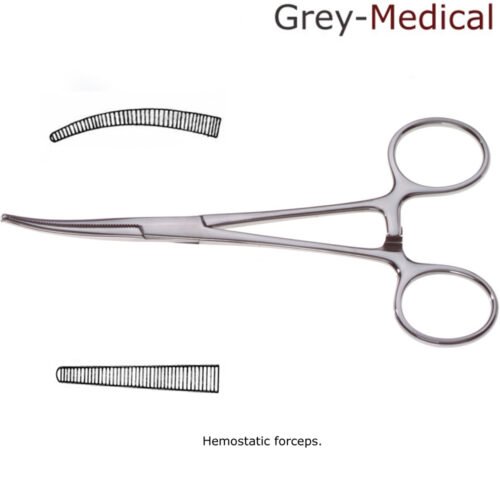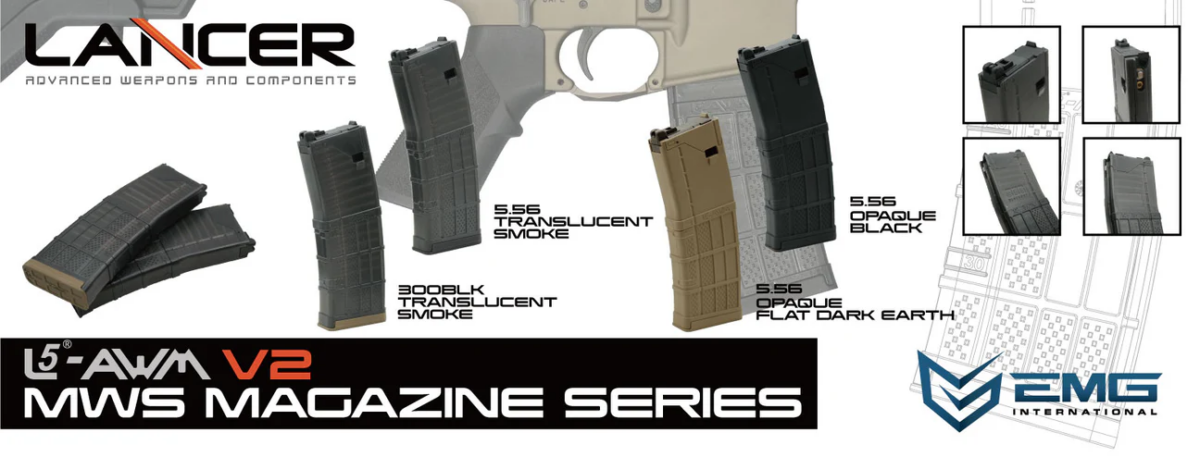Crile vs. Kelly Clamps: A Comparative Analysis
Introduction
Surgeons widely use Crile and Kelly clamps as two of the most essential surgical instruments in modern medicine. Both belong to the category of hemostatic clamps and are essential tools for achieving hemostasis during surgical procedures. While Crile and Kelly clamps instruments share similarities in design and functionality, they differ in certain key aspects that make them suited for specific tasks.

Overview of Crile Clamps
Crile clamps are versatile surgical tools used primarily for clamping blood vessels and tissues. Named after Dr. George Washington Crile, a pioneer in vascular surgery, these clamps are characterized by their fully serrated jaws, which provide a strong and secure grip. Crile clamps are typically 5.5 to 6.5 inches in length, with a straight or curved jaw design.
The fully serrated jaws of Crile clamps make them highly effective for controlling bleeding in medium-sized blood vessels. The serrations run along the entire length of the jaws, ensuring a firm grip on the tissue or vessel. This feature also makes Crile clamps particularly suitable for surgeries where precise control over bleeding is required, such as trauma surgeries, general surgeries, and vascular procedures.
Overview of Kelly Clamps
Kelly clamps, on the other hand, are general-purpose hemostatic clamps that are slightly larger than Crile clamps, typically measuring 6 to 7 inches in length. They feature partially serrated jaws, where the serrations extend only halfway down the jaw, leaving the distal portion smooth. This unique design allows Kelly clamps to perform tasks that require a gentler grip, such as handling delicate tissues or securing surgical materials.
Kelly clamps are available in both straight and curved designs, providing flexibility for different surgical needs. Their combination of serrated and smooth surfaces makes them ideal for a variety of applications, including clamping blood vessels, holding tissues, and manipulating sutures.
Key Differences Between Crile and Kelly Clamps
Although Crile and Kelly clamps share similarities in their general structure and purpose, they differ significantly in their design and functionality. Here are the primary distinctions:
- Serration Pattern
- Crile Clamps: Fully serrated jaws provide a stronger and more secure grip, making them suitable for clamping medium-sized blood vessels or tougher tissues.
- Kelly Clamps: Partially serrated jaws allow for a gentler grip, reducing the risk of trauma to delicate tissues. The smooth portion also prevents damage to surgical materials.
- Size
- Crile Clamps: Surgeons prefer Crile clamps for more precise tasks because they are generally smaller and lighter.
Kelly Clamps: Surgeons use Kelly clamps for heavier-duty applications due to their slightly larger and more robust design.
- Applications
- Crile Clamps: Primarily used for achieving hemostasis in medium-sized blood vessels, controlling bleeding, and handling tissues during general and vascular surgeries.
- Kelly Clamps: Versatile in nature, Kelly clamps are used for a broader range of tasks, including tissue manipulation, securing drapes, and holding sutures.
- Grip Strength
- Crile Clamps: The fully serrated jaws offer a more secure grip, making them suitable for procedures requiring firm control.
- Kelly Clamps: The combination of serrated and smooth surfaces provides a gentler grip, making them ideal for delicate tasks.
Applications in Surgical Procedures
- Crile Clamps in Surgery
Crile clamps are indispensable in surgeries where bleeding control is critical. Their fully serrated jaws ensure a firm grip on blood vessels, making them ideal for procedures such as:- Trauma Surgery: Crile clamps are commonly used to control bleeding in emergency settings.
- Vascular Surgery: Their secure grip on blood vessels makes them essential for procedures involving veins and arteries.
- General Surgery: Crile clamps are effective for clamping tissues and achieving hemostasis during abdominal or thoracic surgeries.
- Kelly Clamps in Surgery
Kelly clamps are highly versatile and are used in a wide range of surgical applications, including:- Gynecological Procedures: Kelly clamps are frequently used to manipulate soft tissues during pelvic surgeries.
- Minor Surgical Procedures: Their gentler grip makes them suitable for handling delicate tissues or holding sutures.
- General Surgery:Surgeons use Kelly clamps to secure drapes, hold surgical instruments, or clamp larger blood vessels.
Advantages and Limitations
- Crile Clamps
- Advantages:
- Strong grip due to fully serrated jaws.
- Highly effective for controlling bleeding in medium-sized vessels.
- Lightweight and easy to handle during precise procedures.
- Limitations:
- The strong grip may cause trauma to delicate tissues.
- Less versatile than Kelly clamps for general tasks.
- Advantages:
-
Kelly Clamps
- Advantages:
- Gentle grip minimizes tissue trauma.
- Versatile design allows for a wide range of applications.
- Robust and durable for heavier tasks.
- Limitations:
- The partially serrated jaws may not provide sufficient grip for slippery or tough tissues.
- Less precise than Crile clamps for controlling bleeding in smaller vessels.
- Advantages:
Material and Maintenance
Manufacturers craft both Crile and Kelly clamps from high-quality surgical stainless steel, ensuring durability and resistance to corrosion. Designers create them to withstand repeated sterilization processes, such as autoclaving. Regular maintenance and inspection are essential to ensure their longevity and functionality. Any signs of wear, such as damaged serrations or loose joints, should be addressed promptly to maintain patient safety.
Conclusion
Crile and Kelly clamps are indispensable tools in surgical practice, each serving specific roles based on their design and functionality. Crile clamps, with their fully serrated jaws and strong grip, excel in controlling bleeding and handling robust tissues. In contrast, Kelly clamps offer greater versatility, with a combination of serrated and smooth jaws suitable for delicate and general surgical tasks. By understanding the differences between these instruments, surgeons can make informed choices to optimize surgical precision and patient outcomes. Both instruments remain essential in the surgical toolkit, complementing each other in various medical procedures.









